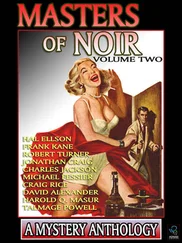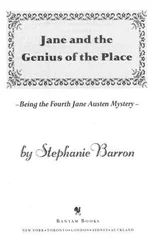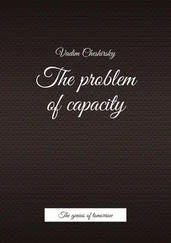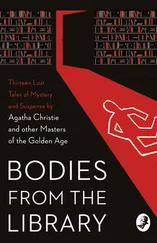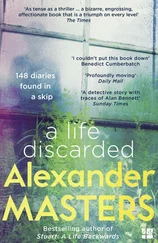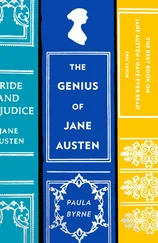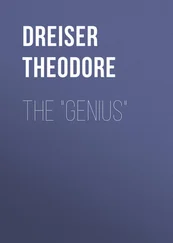Q: What decided you to move to Cambourne (a village outside Cambridge) ?
A:We chose Cambourne because there was a direct bus link to my job in Papworth, and we could also get buses to St Neots for trains to London. It also seemed a good place for my wife’s ageing parents. And we hoped our house would be a good investment – its value would have gone up had the east–west rail link been built close to the A428, as recommended by the London-South Midlands Multi-Modal Study.
Q: But I gather things then went sour.
A:Yes. In 2005 the bus links to Papworth and St Neots were reduced, and I found I had to cycle in most days. The main road was very unpleasant, and the side route via Elsworth took twice as long. Then in 2006 came the Council’s budget cuts to buses. In 2007 the A428 dual carriageway opened, our road became an ‘overspill A14’, and Madingley Road became clogged, making our buses increasingly erratic.
Q: But things are better now, aren’t they?
A:Yes, in one sense. The big stores left the city centre because they realised people didn’t want to have to put up with gridlock every time they went shopping. But there’s the downside that it’s now much harder to get to the shops by public transport. Nor could we use internet shopping as there was rarely anyone in the house to accept deliveries, apart from my mother-in-law who was often asleep, and even when she was awake she could never get to the door on time.
Q: How have your family been coping?
A:My father-in-law died in the bird flu epidemic. My mother-in-law has become increasingly frail. Visiting the children in Oxford and London is a problem – the bus to Oxford has been taking ever longer because of growing congestion, and it’s a long walk from the city centre to the rail station. For a time we tried the coach, but then they moved the coach terminal to the rail station too …
Q: Have you ever thought of buying a car?
A:Yes, often. But then we’d ask, how could we face our children knowing we’d helped to ruin the world for them? Our generation has badly betrayed our children’s.
Q: I gather you’re leaving Cambourne soon?
A:Yes, we’ll move to London or Oxford as soon as we’ve settled on a place for my mother-in-law. Good riddance – to the Cambridge area I mean, of course!
see www.cambsbettertransport.org.uk/newsletter93.html for the full version.
10 Mars
People do sometimes tell me how nice I am looking (e.g. at my mother’s funeral) when I wear new clothes, but it always makes me feel very embarrassed. I say, ‘I don’t want to know that.’ I don’t want to be thought of as someone for whom personal appearance is important.
Simon
‘I’m going to see a Martian. He aaah, hnnn … it lives in Woking.’
Simon blocked my sun, his holdall swinging slowly to a stop after his unexpected rush off the pavement at my café table.
‘Hnnn, aaah, uugh. As I say, my grandmother lived where the Martian is. Hnnnh. Would you like to come too?’ Spring on earth! Simon giving me encouragement!
I jumped up, swigged back my coffee and gathered my books and notes. A ballyhoo of cherry blossom leapt about the wall of Darwin College Fellows’ Garden. Dead-looking trees creaked out of the sodden grass, sprouted buds and crackled quickly into the sky.
I’d been working on a cartoon about the origin of numbers.
In the late 1970s a young French woman called Denise Schmandt-Berserat made an astonishing discovery. Forgotten in the storeroom of the Fogg Museum of Art in Harvard
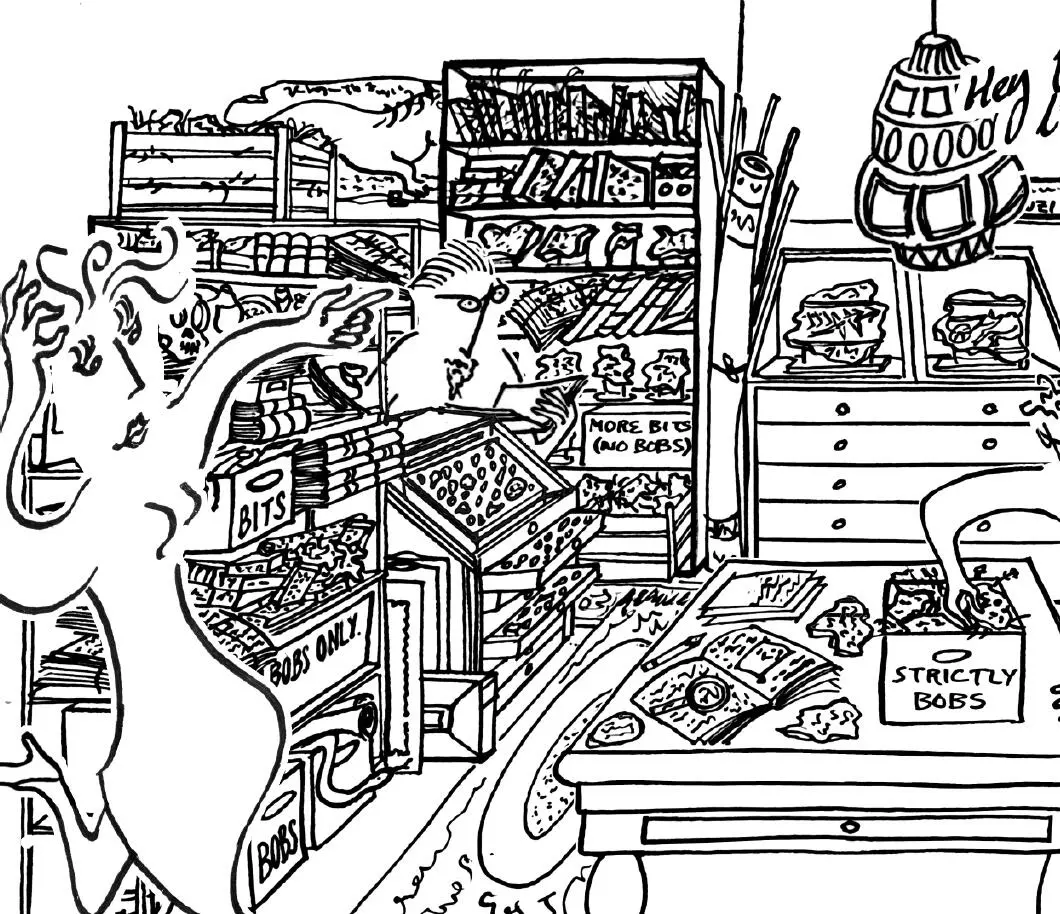
was a prehistoric clay purse
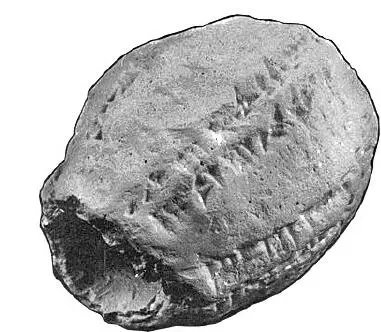
from the ancient city of Nuzi,
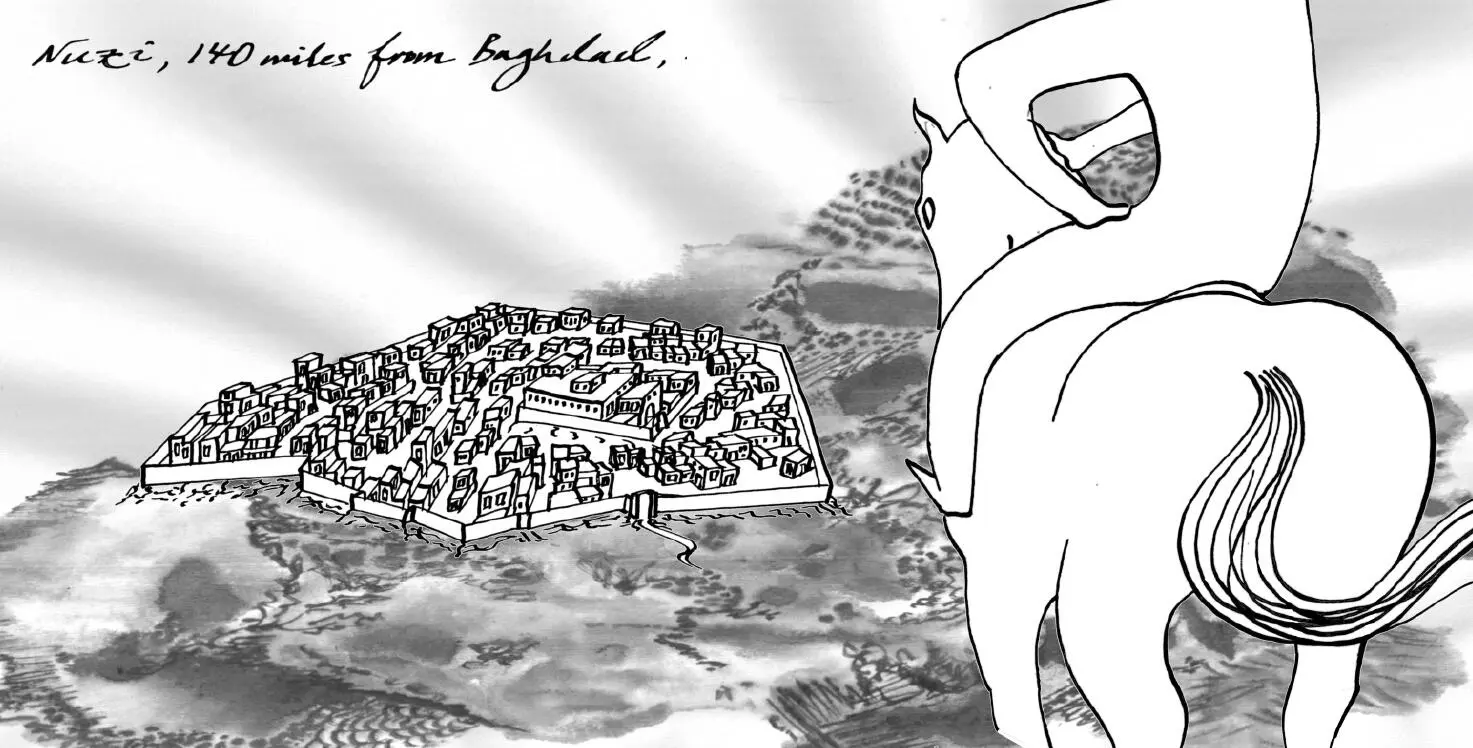
in the country now called
Iraq.
‘Uuuugh, aah, errr … oh dear!’ Simon blustered. ‘What is the point of this? I don’t understand pictures.’
‘It’s the origin of your subject. The purse had an inscription on it that said it was the property of Ziqarru , a shepherd, and contained forty-nine “counters representing small cattle”. Not that that impressed the Harvard excavators any more than it does you. They broke the seal, found the forty-nine clay pebbles inside, as promised – and lost them.’
‘Oh, dear.’
‘Exactly. But this French scholar realised that Ziqarru’s egg-shaped purse was a simple accounting device, from the dawn of writing. People had discovered other egg-shaped purses containing counters before, but none with symbols on the outside like this. It was the earliest known attempt to symbolise the contents of the purse with abstract marks. According to her, it was the need, by palace accountants, to keep track of animal numbers that led to the invention of writing and mathematics. If someone who understood the new marks thought Ziqarru had been stealing animals, all they had to do was check the writing on the outside. And if Ziqarru suspected that person of using the newfangled cuneiform to cheat him, he could break open the purse and prove he was innocent by counting the flock off against the pebbles inside. Lo! Symbolic writing had begun. Next thing you know, it’s algebra, calculus and Shakespeare. Writing comes from mathematics, in short, and it all comes from accountancy.’
‘Oh, DEAR!’
‘Why “Oh dear!” this time?’
‘No reason,’ sighed Simon morosely, and unbent his elbow.
The handles of his holdall rippled down the forearm of his puffa jacket and the bag dropped to the pavement.
‘Excuse me!’ he gnashed. ‘I’d like to sit down. Can you remove all this paper?’ As he hit the seat he jolted into a better temper.
Simon’s most famous ancestor was the Prophet Abraham, of Ur of the Chaldees. Then came Joseph, of the Coat of Many Colours. His son was Manasseh, first mentioned in Genesis, who led one of the twelve tribes of Israel. Next follows 3,000 years of forgetfulness before the family pops back into life on a rolled-up poster in the back room of Simon’s Excavation – two shelves along and one up from the television-that-might-have-broken-twenty-years-ago-but-possibly-it’s-only-a-fuse:
ASLAN MANASSEH
b. Bombay 1884
m
KITTY MEYER
b. Calcutta 1891
The Manassehs are the leading family of the oldest settled community of people in recorded history: the Iraqi Jews of Babylon, 150 miles from Nuzi and Ziqarru’s purse.
Congratulating myself on my willingness to be at the coalface of biographical reportage and, at a moment’s notice, drop everything and go to Woking, I walked with Simon from the café, across the park . ‘The Martian’ turned out to be a statue in honour of H.G. Wells’ War of the Worlds . According to a tourist leaflet Simon eventually discovered in his coat pocket, it’s seven metres high. It looks like a beetle trying to curtsey with its legs stuck in vacuum tubes. There’s also a Woking Spaceship embedded in the pavement nearby, and Woking Bacteria, made out of splodges of coloured concrete brick.
Battling a wallet from his trousers pocket, in the centre of Cambridge Simon boarded a bus to the railway station. He muttered out coins into the driver’s cash tray, seized the ticket, held it to the light to investigate it with narrowed eyes, then made for a free space at the back of the bus, bouncing his holdall from ear to ear of the seated passengers.
Читать дальше





